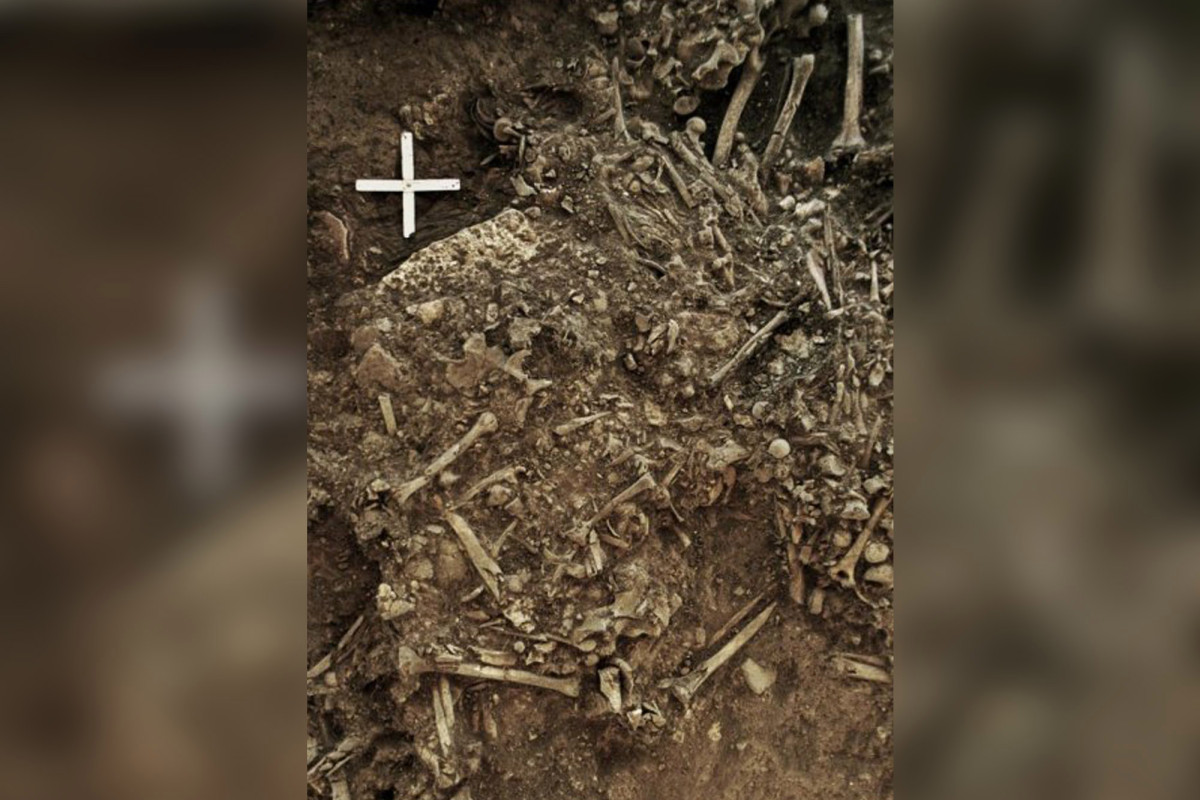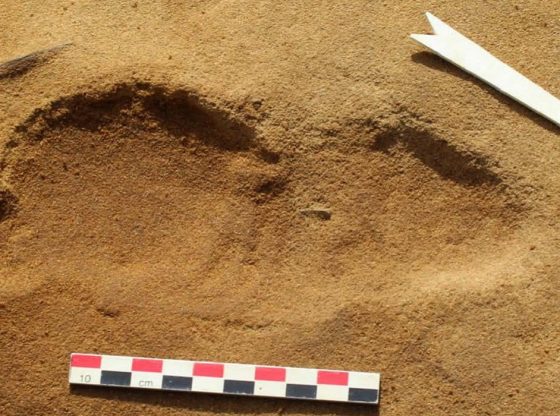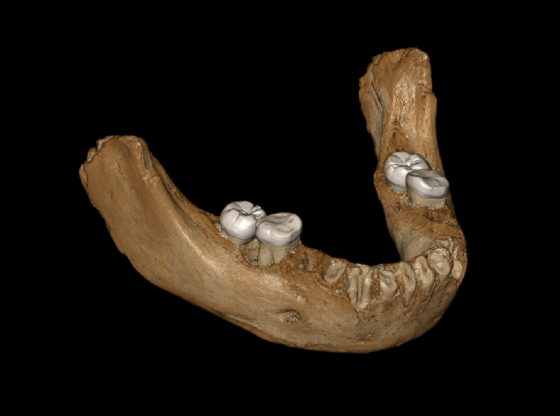
In a nearly 5,000-year-old tomb in Sweden, researchers have discovered the oldest-known strain of the notorious bacterium Yersinia pestis — the microbe responsible for humanity’s perhaps most-feared contagion: the plague.
In a tomb in Sweden that is very close to 5,000-years-old, a team of international researchers has discovered what is believed to be the most ancient strain of plague, which is technically the bacterium that is known as Yersinia pestis.
Until now, the oldest known strain of plague came to Europe with the Yamnaya, herders from the central Eurasian steppe who swept into the continent some 4800 years ago. That was followed, several thousand years later, by the strain that led to both the Justinian Plague, which afflicted the Roman Empire in the sixth century C.E. and the Black Death, which killed half of Europe’s population in the 1300s.
The Black Death of the 1300s was one of the most devastating pandemics in human history, killing an estimated 75 to 200 million people in Eurasia and Europe. The discovery of this new strain, however, could rewrite European history in relation to the lethal germ.
Scientists excavating the tomb found the plague strain in the remains of a woman who was buried among 78 people. They all died within a 200-year period of each other, suggesting an epidemic may have swept their community, researchers believe.
The team was led by Simon Rasmussen, a computational biologist at the University of Copenhagen, and Nicolás Rascovan, a biologist at Aix-Marseille University in France, who were scanning publicly available ancient DNA datasets for the genetic sequences of common human pathogens. They found Y. pestis sequences in the teeth of the 20-year-old woman, who was buried in the ‘Frälsegården’ grave in western Sweden, and in the teeth of another person buried in the same grave.
In the fascinating new study published in Cell, the researchers investigated the hypothesis that the so-called “Neolithic Decline”—population decreases throughout Europe—was caused at least in part by pandemics.
The archeological evidence suggests that about 5400 years ago, many mega-settlements collapsed across Europe, in particular, he Trypillia culture in what is now Ukraine. Residents died or moved away, and the buildings were abandoned and often burned.
Rasmussen and Rascovan propose their new strain of plague might be the culprit.
“Maybe this is the first time that a huge society collapses based on plague,” “And because these megasettlements were connected to other communities all over Europe by trade routes, the bacterium could have easily spread to places such as Sweden. “This could in principle be the first pandemic,”
– Simon Rasmussen
Reference:
NicolásRascovan , Karl-Göran Sjögren, Kristian Kristiansen, Rasmus Nielsen, Eske Willerslev, Christelle Desnues, Simon Rasmussen Emergence and Spread of Basal Lineages of Yersinia pestis during the Neolithic Decline DOI: https://doi.org/10.1016/j.cell.2018.11.005











![OpenAI. (2025). ChatGPT [Large language model]. https://chatgpt.com](https://www.illustratedcuriosity.com/files/media/55136/b1b0b614-5b72-486c-901d-ff244549d67a-350x260.webp)
![OpenAI. (2025). ChatGPT [Large language model]. https://chatgpt.com](https://www.illustratedcuriosity.com/files/media/55124/79bc18fa-f616-4951-856f-cc724ad5d497-350x260.webp)
![OpenAI. (2025). ChatGPT [Large language model]. https://chatgpt.com](https://www.illustratedcuriosity.com/files/media/55099/2638a982-b4de-4913-8a1c-1479df352bf3-350x260.webp)








